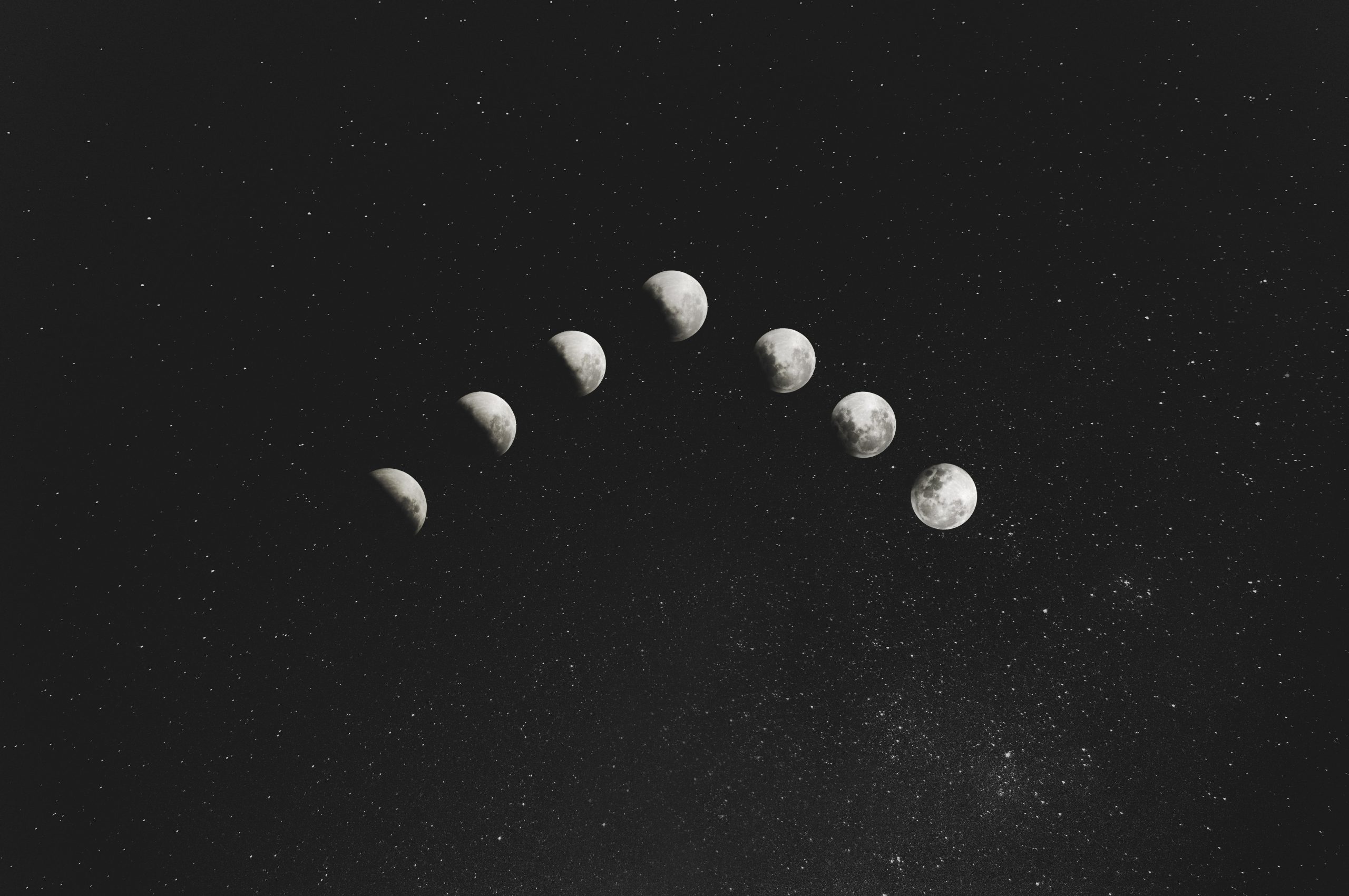What is D9 Chart in Vedic Astrology?
Vedic astrology, also known as Jyotish, is an ancient Indian system of astrology that has been practiced for thousands of years. It places significant importance on the placement of the planets at the time of an individual’s birth. The birth chart, also called the Kundli or Janampatri, is the foundation of Vedic astrology and contains precise details about the positions of the celestial bodies at the moment of birth.
However, the birth chart only provides a broad understanding of an individual’s life and destiny. To delve deeper into various areas of life, Vedic astrologers use subsidiary charts, one of which is the D9 chart. The D9 chart, also known as the Navamsa chart, is considered one of the most important divisional charts in Vedic astrology.
Understanding Divisional Charts
In Vedic astrology, divisional charts are created by dividing the zodiac into different sections. Each divisional chart focuses on a specific area of an individual’s life, providing more detailed insights. These charts are like magnifying glasses that zoom in on different aspects of a person’s life.
Each divisional chart is created by dividing a sign into specific parts, resulting in different divisional charts. The most commonly used divisional charts are the D1 or Rashi Chart, D9 or Navamsa Chart, D10 or Dasamsa Chart, and D12 or Dwadashamsa Chart.
Significance of the D9 Chart
The D9 chart is widely regarded as one of the most important divisional charts because it provides valuable insights into an individual’s married life, relationship with their spouse, and spiritual growth. It is widely used to analyze the strength and quality of a person’s marital bond and harmonious partnerships in general.
While the birth chart shows the potential and inherent qualities of a person, the D9 chart reveals the hidden aspects of a person’s life that influence their relationships. It provides detailed information about the nature and characteristics of a person’s spouse, their compatibility, and the overall dynamics of their relationship.
Deriving the D9 Chart
The D9 chart is derived by dividing each sign of the birth chart (D1) into nine equal parts, resulting in 108 divisions of the zodiac. Each of these divisions represents one divisional chart, and the D9 chart is created using the ninth division of each sign.
The D9 chart is created using the following method:
- Divide each sign into nine equal parts, resulting in 108 divisions of the zodiac.
- Assign one division to each house in the D1 chart.
- The first division is assigned to the first house of the D1 chart, the second division to the second house, and so on until the ninth division is assigned to the ninth house.
- This process is repeated for every sign in the D1 chart, resulting in the creation of the D9 chart.
Once the D9 chart is created, it can be analyzed to gain insights into various aspects of an individual’s married life, relationships, and overall spiritual growth.
Interpreting the D9 Chart
When analyzing the D9 chart, Vedic astrologers pay attention to the following key factors:
1. Marital Harmony:
The D9 chart is particularly useful in assessing the harmony and compatibility between partners in a marriage. Planetary placements in the D9 chart can indicate the strength of the marital bond, the likelihood of conflicts, and the overall harmony between spouses.
2. Nature of the Spouse:
The D9 chart provides valuable insights into the nature, temperament, and overall qualities of an individual’s spouse. Planetary positions in the D9 chart can reveal the physical appearance, personality traits, and professional inclinations of the spouse.
3. Relationship Patterns:
By analyzing the D9 chart, astrologers can identify relationship patterns and themes that an individual may experience throughout their life. This includes identifying karmic connections, past life influences, and lessons that need to be learned through relationships.
4. Spiritual Growth:
Another significant aspect of the D9 chart is the indication of spiritual growth and evolution. It reveals the potential for spiritual development, the role of spirituality in relationships, and the overall spiritual path of an individual.
Conclusion
The D9 chart, also known as the Navamsa chart, is a vital tool in Vedic astrology for understanding the nuances of an individual’s married life, relationships, and spiritual growth. It provides detailed insights into the compatibility, nature of the spouse, and overall dynamics of relationships. By analyzing the D9 chart in conjunction with the birth chart, Vedic astrologers gain a holistic understanding of an individual’s life journey.
Remember, while astrology can provide guidance, it does not determine our fate entirely. It is essential to approach astrology with an open mind, understanding that we have the power to shape our lives through our actions and choices.
Table of Contents
